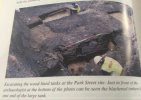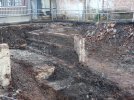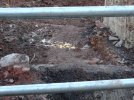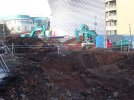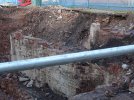Seanyb1986
master brummie
I am struggling to upload pictures
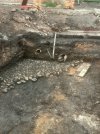
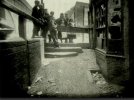

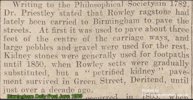
Totally agree with Viv. Thanks to all who are able to contribute but especially to Shaun. Must take up so much of his timeSome great info coming out here. What a fascinating dig, in what is (correct me if I’m wrong) the oldest part of Birmingham. Many thanks from me too for the interesting updates and photos. Viv.
yes viv given the age and history digbeth has i would think this is possibleThis is sounding very good. Medieval perhaps ? Viv.
